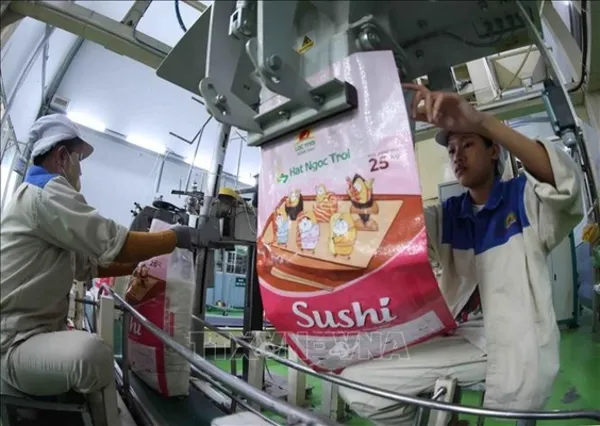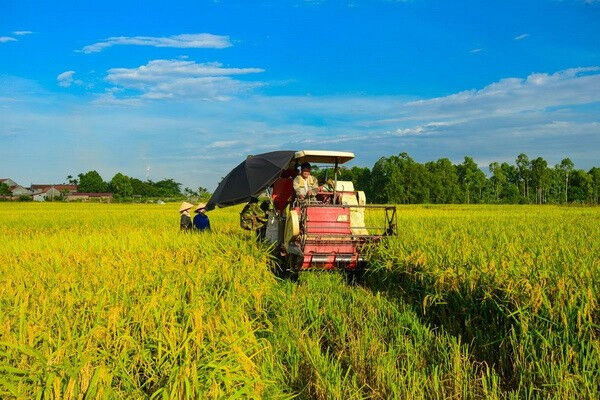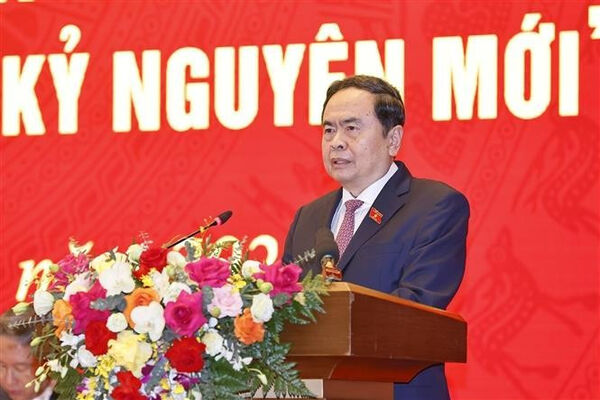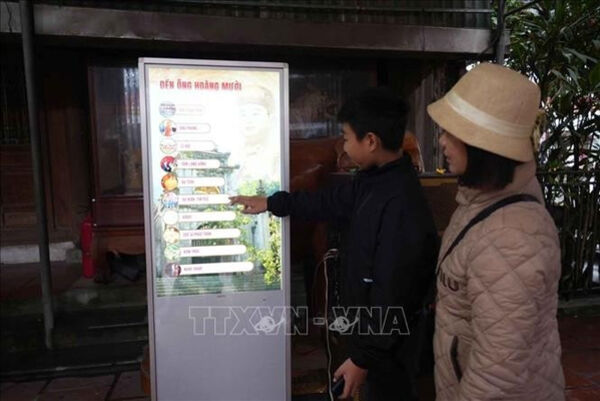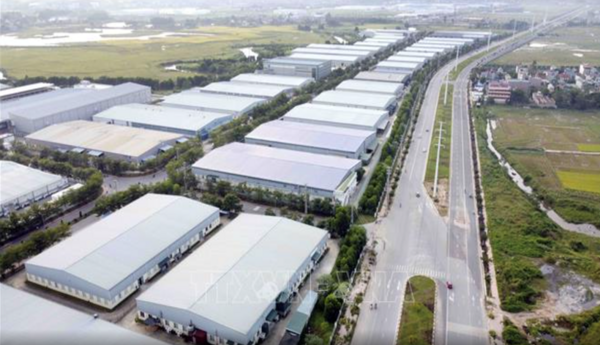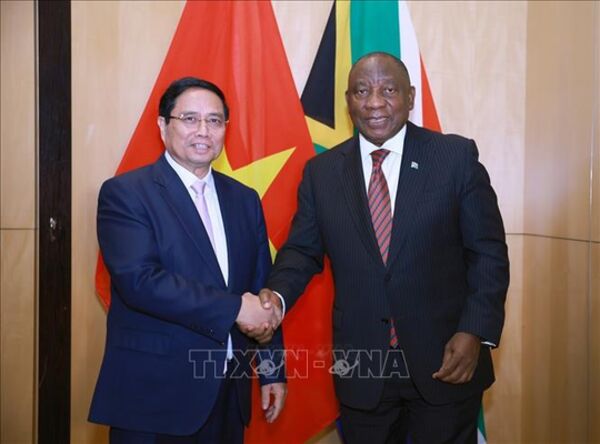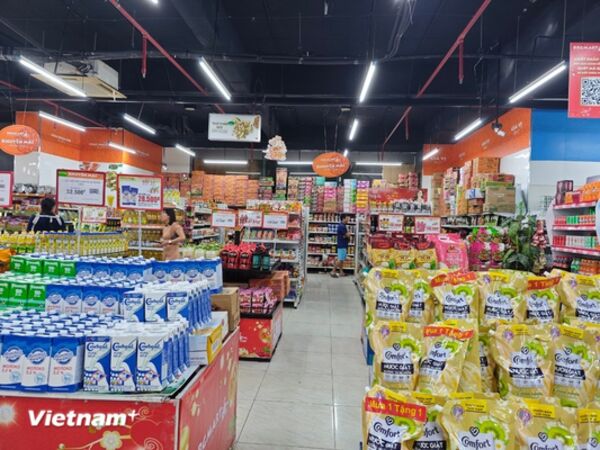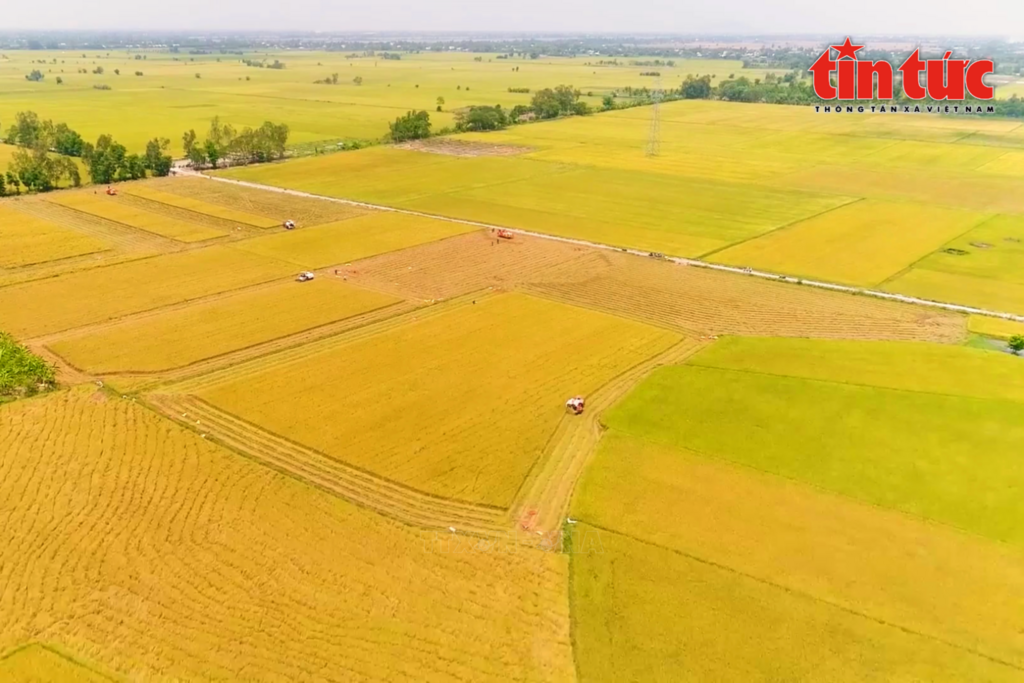 |
| In 2024–2025, the project has implement seven pilot models in Can Tho city and the provinces of Vinh Long, Dong Thap, and An Giang. (Photo: VNA) |
Can Tho (VNA) – A project on sustainable development of one million hectares of high-quality, low-emission rice cultivation associated with green growth in the Mekong Delta by 2030 has so far helped shift the awareness and mindset of rice producers toward greater responsibility and toward adopting production trends aligned with global orientations for “green development,” said Le Quoc Thanh, Director of the National Agricultural Extension Centre.
According to Thanh, in 2024–2025, the centre has coordinated with the Plant Production and Protection Department, International Rice Research Institute (IRRI), provincial departments of agriculture and environment, and other relevant units to implement seven pilot models in Can Tho city and the provinces of Vinh Long, Dong Thap, and An Giang.
After three crops, the pilot models have demonstrated notable results. There have been reduced production costs (by 8.2–24.2% compared to control models); increased productivity and economic efficiency; reduced greenhouse gas emissions (by 3.7-4.6 tonnes of CO₂ per hectare, with some models achieving reductions of over 10 tonnes of CO₂); and significant mitigation of post-harvest rice straw burning, contributing to pollution reduction and environmental protection. Notably, Vietnam now has low-emission rice available for export, including to markets with strict requirements.
To replicate these models in actual production, in the 2024–2025 period, the centre has submitted to the Ministry of Agriculture and Environment for approval five central-level agricultural extension projects on high-quality, low-emission rice production that support implementation of the one-million-hectare rice project, with a total implementation scale of 1,800 hectares. Results from local implementation show yields 5-10% higher than control models and economic efficiency gains of more than 15%. Expanded cultivation areas after the completion of the project exceed 30% of the approved scale.
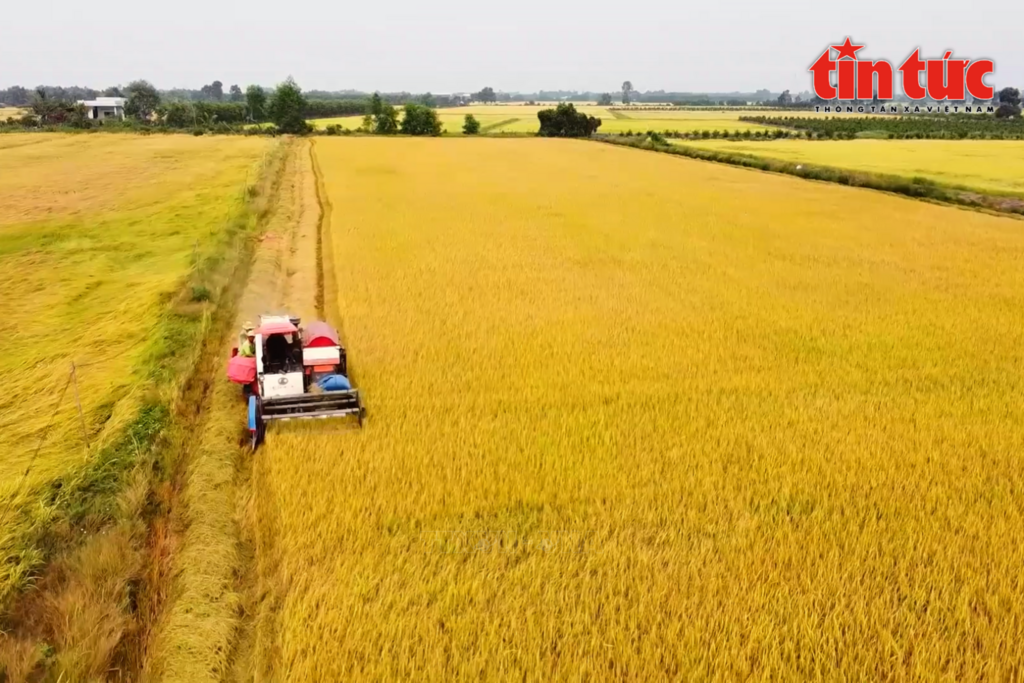 |
| Results from local implementation show yields 5-10% higher than control models and economic efficiency gains of more than 15%. (Photo: VNA) |
Assessing the critical role of cooperatives in the consumption of high-quality, low-emission rice, Dr. Tran Minh Hai, Vice Rector of the Institute for Public Policy and Rural Development, noted that provinces are currently focusing mainly on infrastructure investment, while “soft” investment (training, mobilisation, and communication, among others) for cooperatives remains limited.
Soft investment needs to be scaled up so that when new tools for measuring water levels, emissions, and new production processes are applied consistently, they can generate high and uniform product quality, Hai recommended.
From the perspective of private-sector participation in partnership with authorities and cooperatives implementing the project, Bayer Vietnam has deployed the Bayer ForwardFarming model (integrating technical and technological solutions in rice cultivation) over six consecutive crop seasons in Can Tho.
Kg Krishnamurthy, head of crop science division at Bayer Vietnam, noted that initial results from public–private partnership models and innovations in developing high-quality rice production zones in the delta confirm that the project is on the right track. However, to meet long-term goals and achieve large-scale transformation, greater resources, improved policy frameworks, and especially strengthened public–private cooperation among enterprises, extension services, and farming communities are needed.
Affirming its commitment to supporting the expansion of the project in the next phase, the company said it will further promote technology transfer and human resource development, focusing on training “farmer ambassadors” and “expert farmers,” and enhancing the capacity of community-based agricultural extension workers and cooperatives./.
